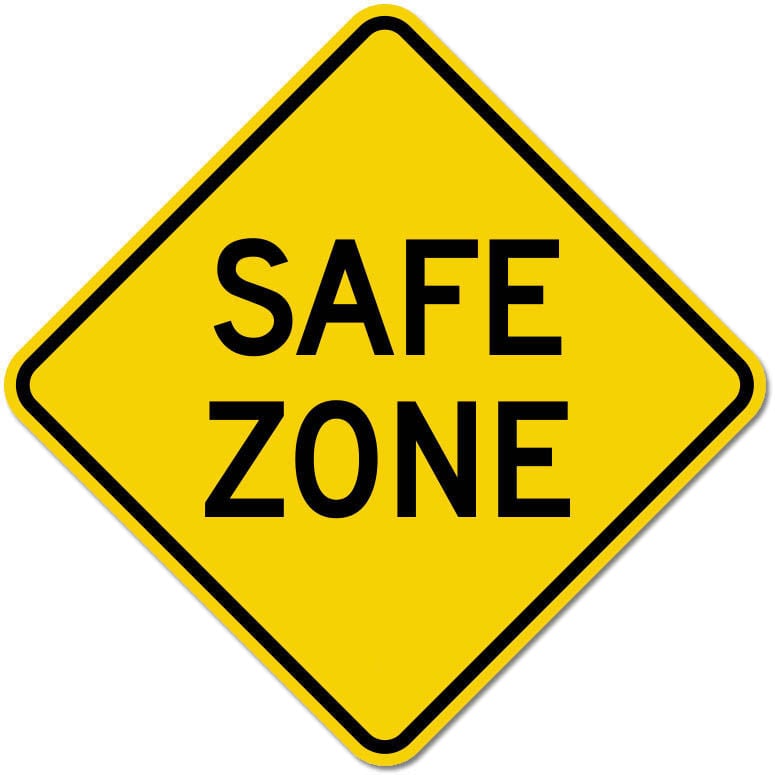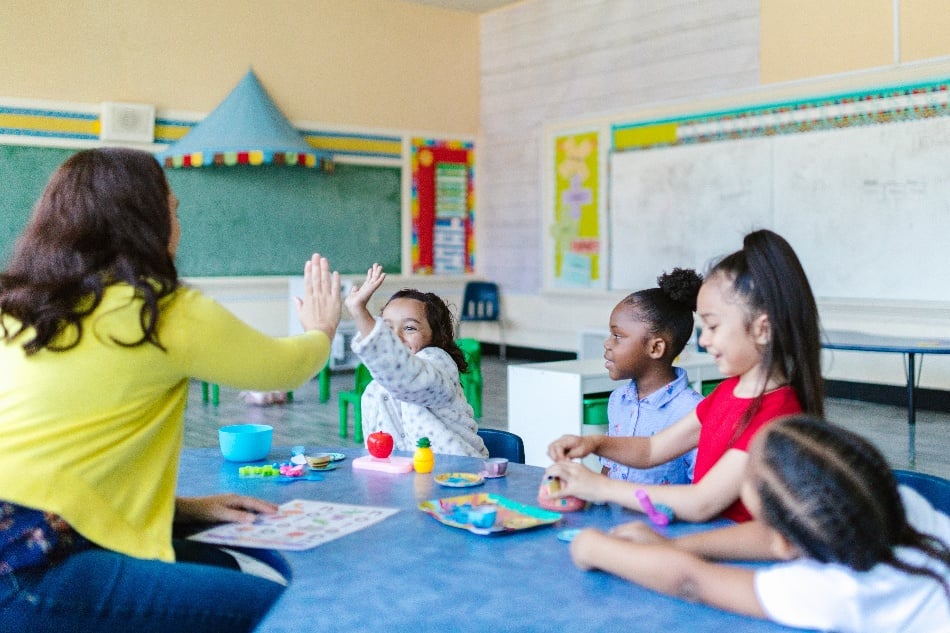
Amazing Grace by Mary Hoffman
https://www.youtube.com/watch?v=LmIfdJRsSGQ
This is a picture book for children ages 4-8 years old that is about a young black girl, Grace, who is faced with common realities in school due to her skin color and gender. She wants to be Peter Pan in the school play, but her classmates tell her she cannot because she is a black girl. This book helps bring attention to anti-racism because it shows the story of Grace feeling unwelcome and outcasted due to the color of her skin. Her grandma helps teach her that she can be anything she sets her mind to, despite how others make her feel. The comments of her classmates are very common for children to say because they are naive and lack understanding of what racism really is. Grace ends up getting the part of Peter Pan in the play because of her amazing acting skills, which was what the role was about. The children who made those hurtful comments in the beginning end up realizing how amazing Grace really was at playing Peter Pan compared to everyone else.
If you were an educator, it is important to be aware of the stereotypes this book addresses. You would not want your students hearing racist statements in a classroom setting because they might get the idea to use them with their peers. It is very crucial to address the negativity behind those statements along with the hurtful effects they can cause.
After reading the book, I was able to evaluate different aspects of the story. The illustrations were clear of stereotypes, tokenism, and the main character is black and plays a leading role. The story line does contain a gender stereotype, but it is challenged. Grace’s self-image is limited when she is faced with a racist statement, but it is also challenged in the end. Overall, this picture book provides students with the opportunity to reflect on racism because it gives real examples of racist comments made by children and then it challenges them. Grace’s mother and grandmother help Grace understand that her gender and skin color are not reasons to limit her success, which she ultimately understands in the end.
To elaborate on the themes in this book, you can do an All About Me Collage activity with your students. Give students a bunch of old magazines and tell them to flip through each page and cut out objects or words that describe them. To introduce the lesson after you read the book, show an example of Grace’s collage that you made for her so students have an idea of what to do.They can then create their own collage that will be hung up on one of your classroom walls! This is a great activity for students to reflect on what they just learned and develop an appreciation for everyone’s differences.

According to Howard’s, Why Race and Culture Matter, “critical self-reflection on race and culture within a diverse cultural context requires education practitioners and researchers to engage in one of the more difficult processes for all individuals: honest self-assessment, critique, and evaluation of one’s own thoughts, behaviors, cultural patterns, methods of expression, and cultural knowledge and ways of being,” (Howard 84).
Posted on July 27, 2023 at 10:39 p.m.
References
Howard, T.C. (2010) Ch. 6 Why Race and Culture Matter.







